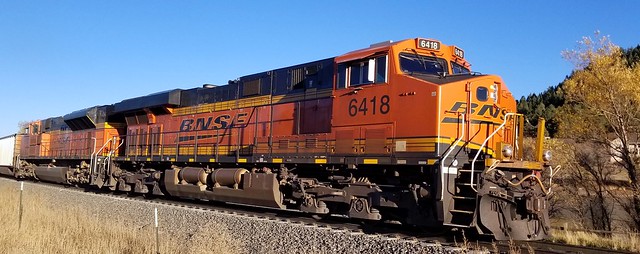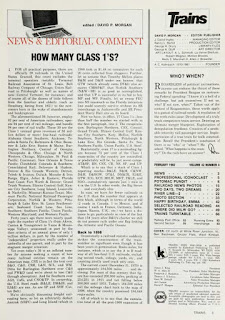Mention Rio Grande steam in railfan circles and immediately what comes to most minds? The diminutive narrow gauge steamers of the Cumbres and Toltec or Durango and Silverton. Few think of the main line steam giants of Challengers, cousins of recently retired UP 3985, or mallets with massive 40-inch low pressure drivers living on as class L-96s. Indeed, half of the steam legacy of the Rio Grande has vanished like water vapor on the Colorado wind. It is the most vivid reason steam preservation programs continue to endure 80 years after the zenith of steam. Provide the experience of the raw power and romantic beauty of steam and watch it fire young imaginations!
Yet we do have some signs of the passing of standard gauge Rio Grande steam. Photos of brawny giants reside in collections large and small. One of the largest remains the Denver Public Library Western History Collection. No less beloved are books like the Colorado Railroad Museum's Rio Grande Locomotives and Robert LaMassena's Denver & Rio Grande Western: Superpower Railroad of the Rockies published in 1999.
Perhaps the most meaningful are the personal accounts like that of John Hill and Dave Straight from 2015. More widely known is a much younger Robert LaMassena's account of the 3600s Out of Minturn published by Trains in 1963. Reproduced here by permission, he recalls the run over the Continental Divide with peaches from Grand Junction and Palisade. On a side note, Palisade peaches are one of the most wonderful parts of late summer in Colorado, second only to the fall colors. I can remember with perfect clarity my most recent ripe peach from Grand Junction in all its giant, sweet, juice dribbling glory! They are incredible! If you are here in late August or early September, do not miss your opportunity to eat your fair share.
To read in full resolution, tap or click the image to view it
D&RGW 3600s Out of Minturn
by Robert A. LaMassenaTrains magazine, April 1963
Finally, this article was reproduced from Trains 1940 - 2010, but for access to thousands of other articles published since October 1940 to today's issue, all you need to do is subscribe to Trains with an Unlimited subscription. I'm finding my own self-paid subscription to Trains unlimited very handy. ⚒

















